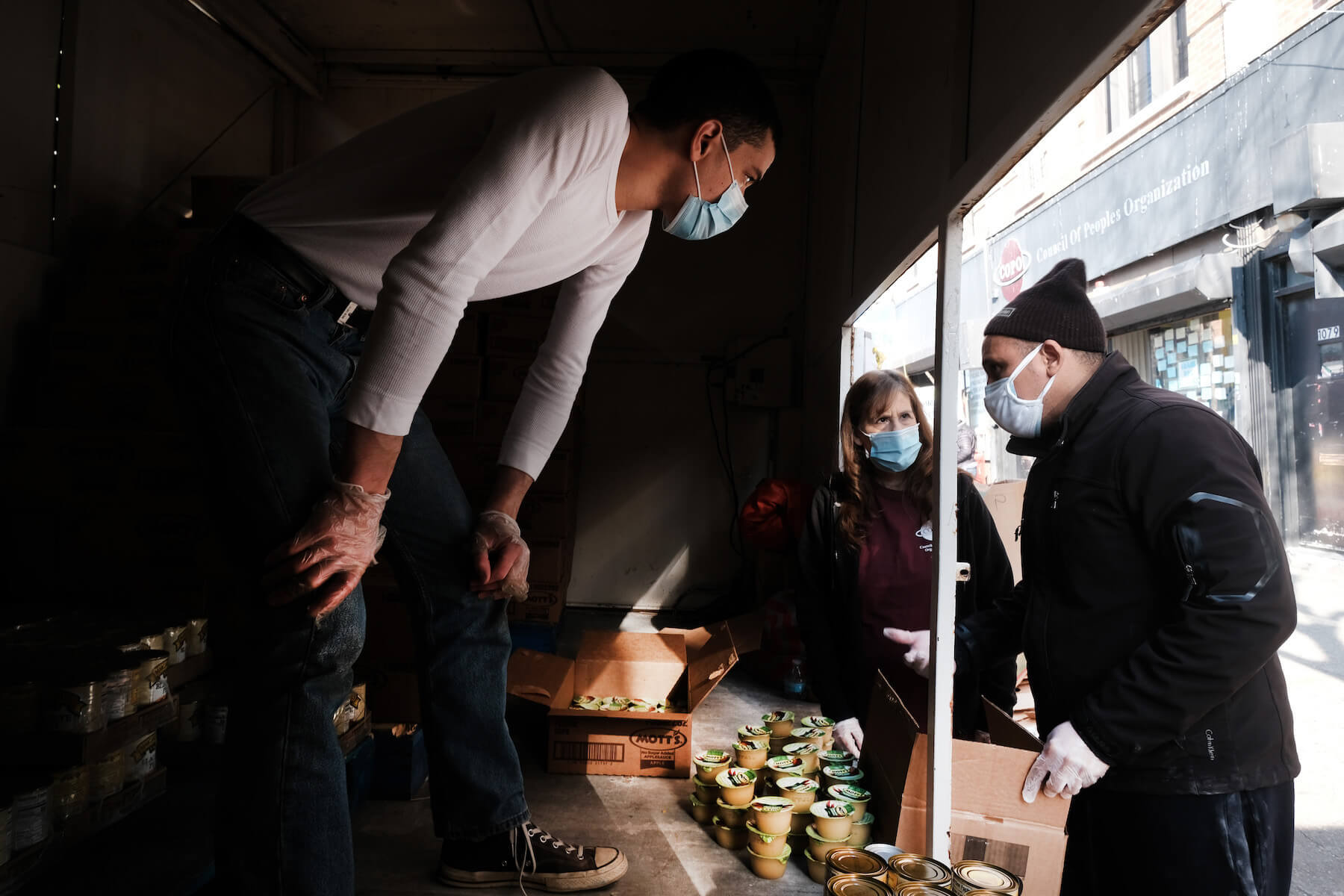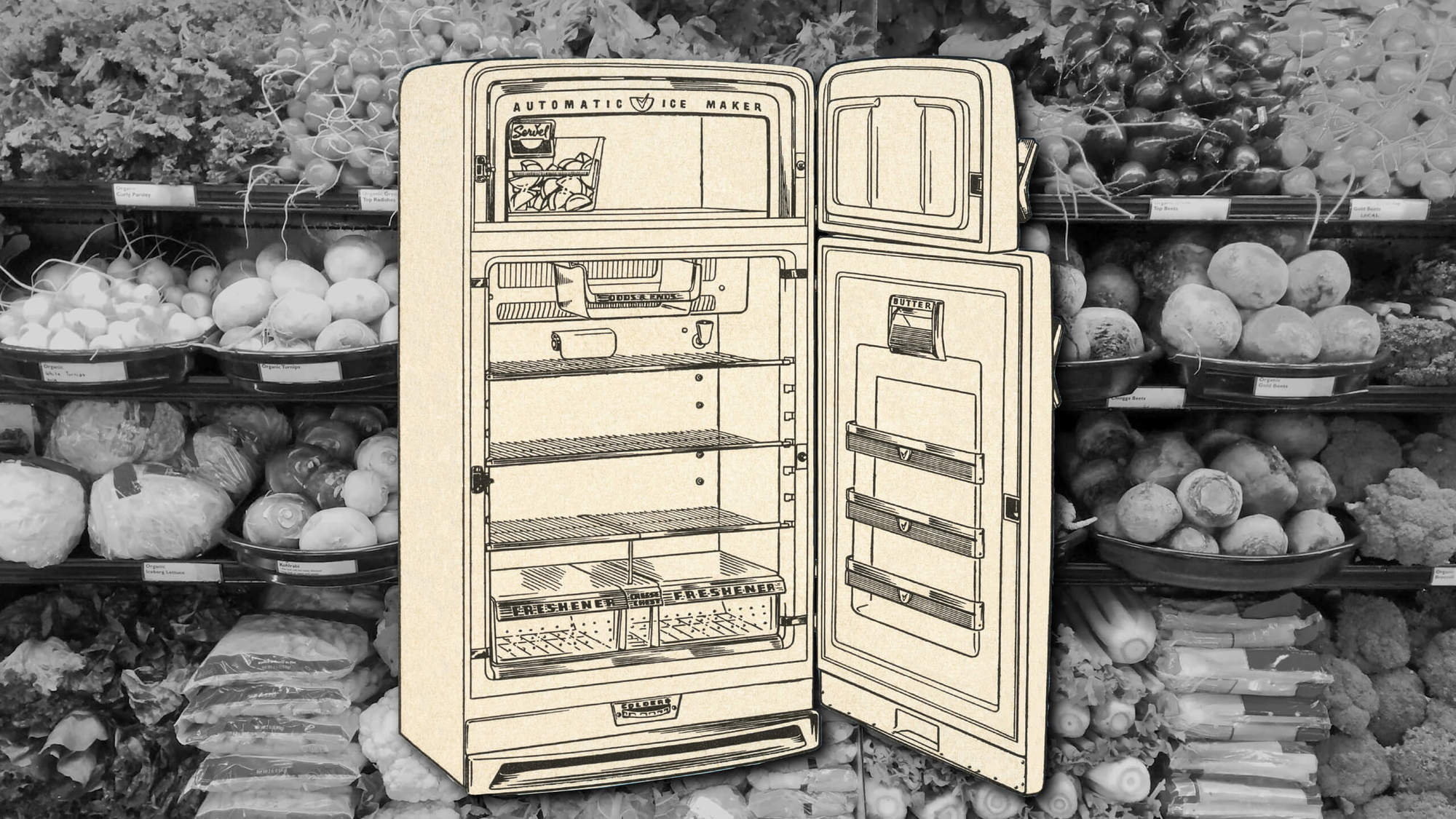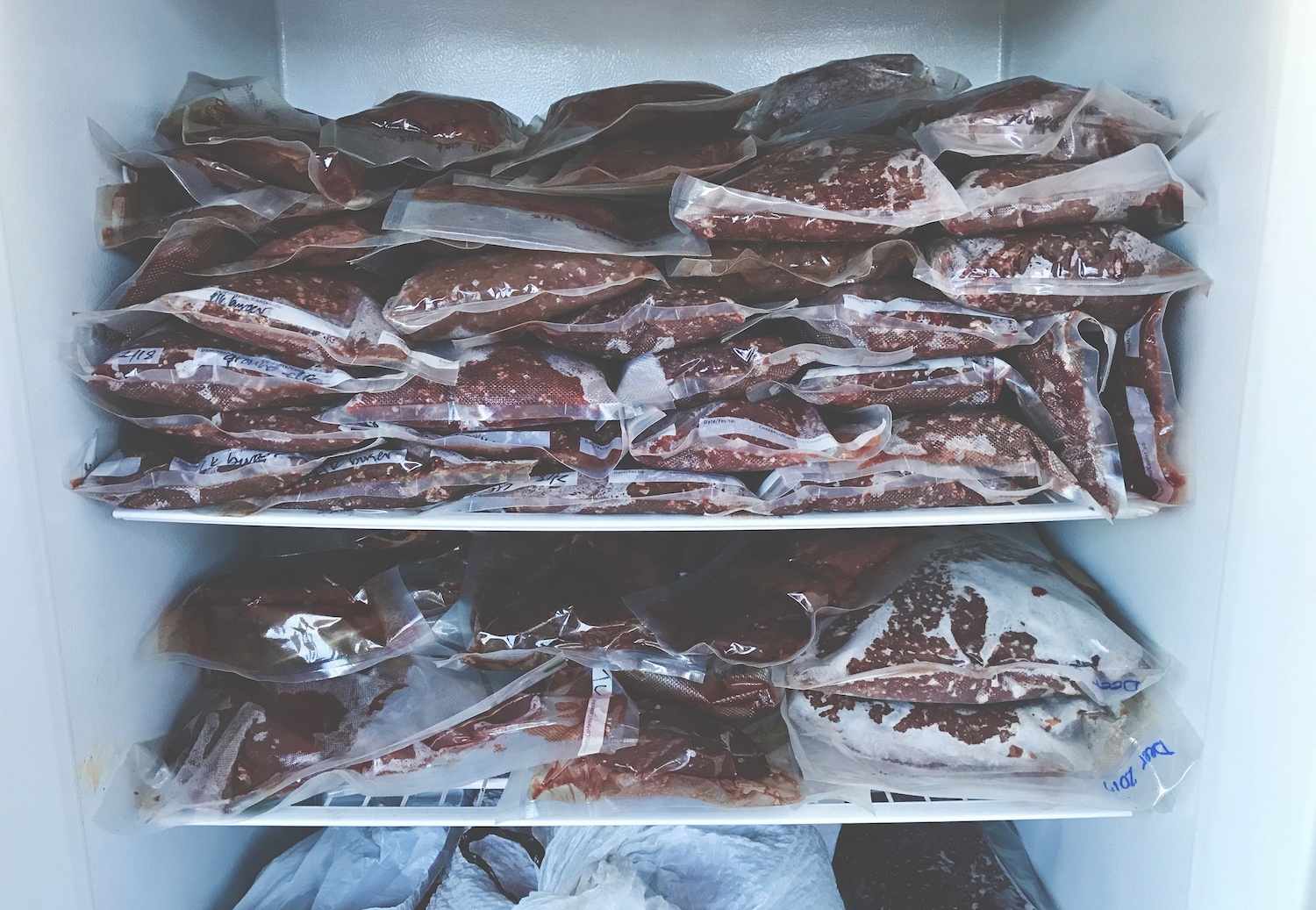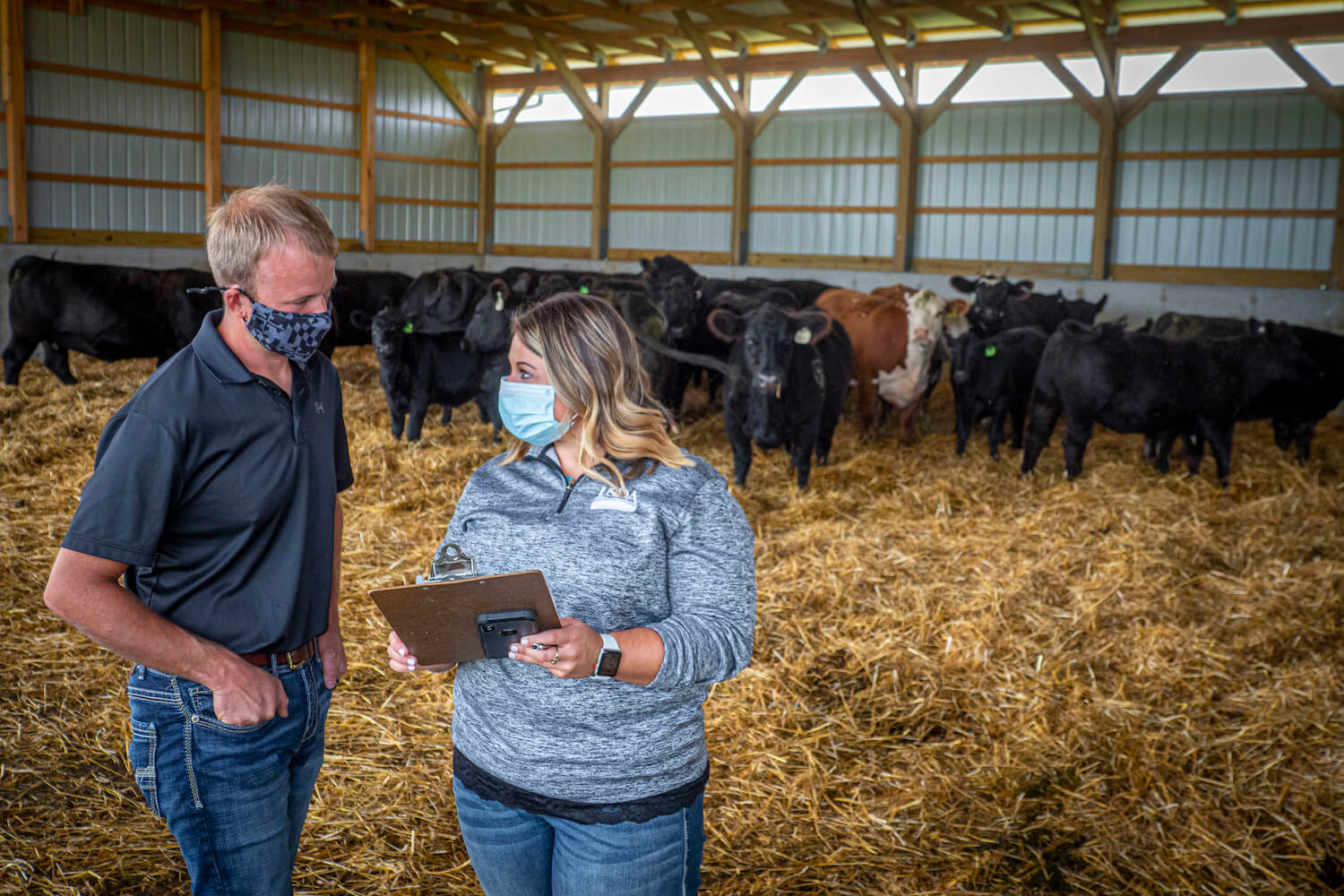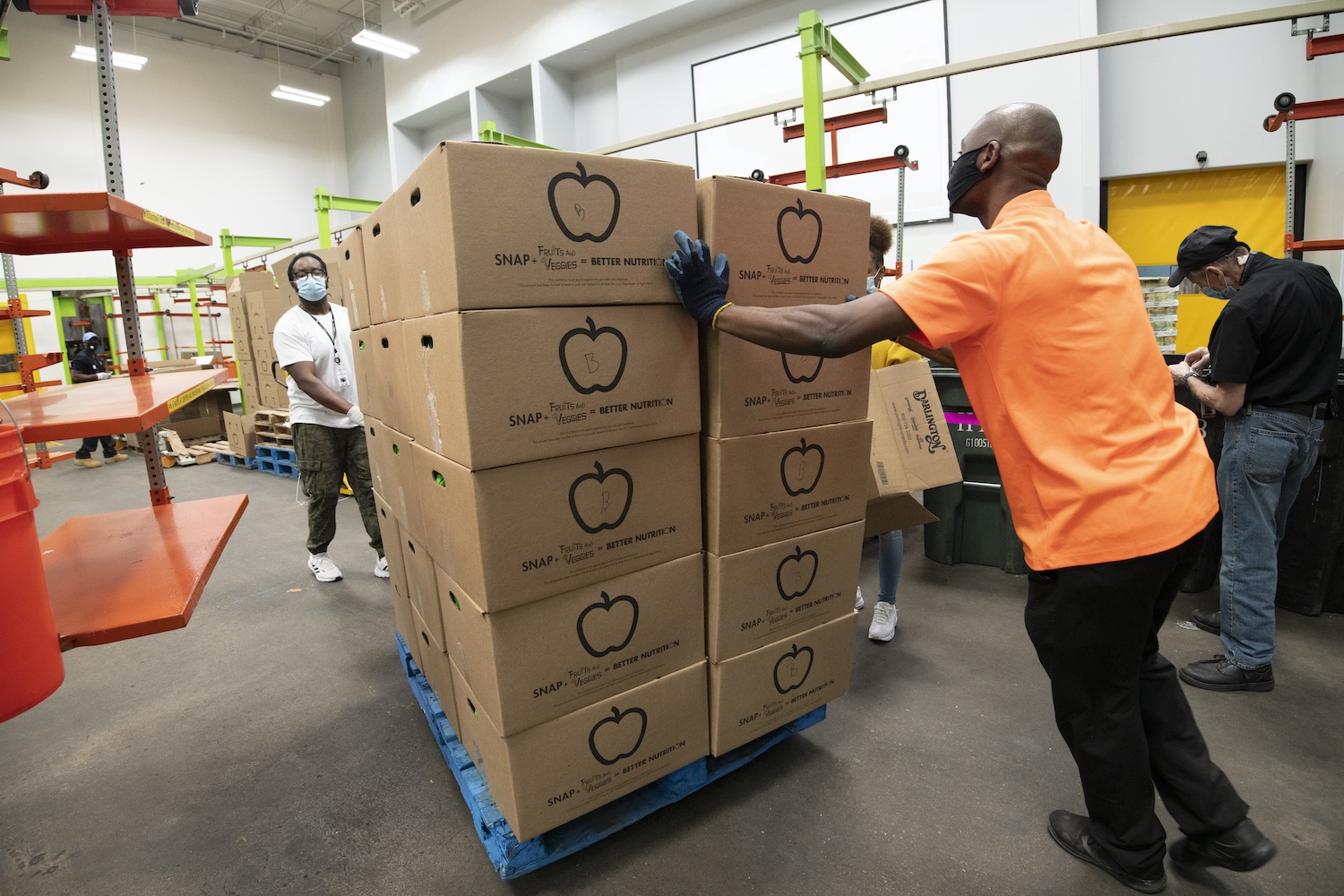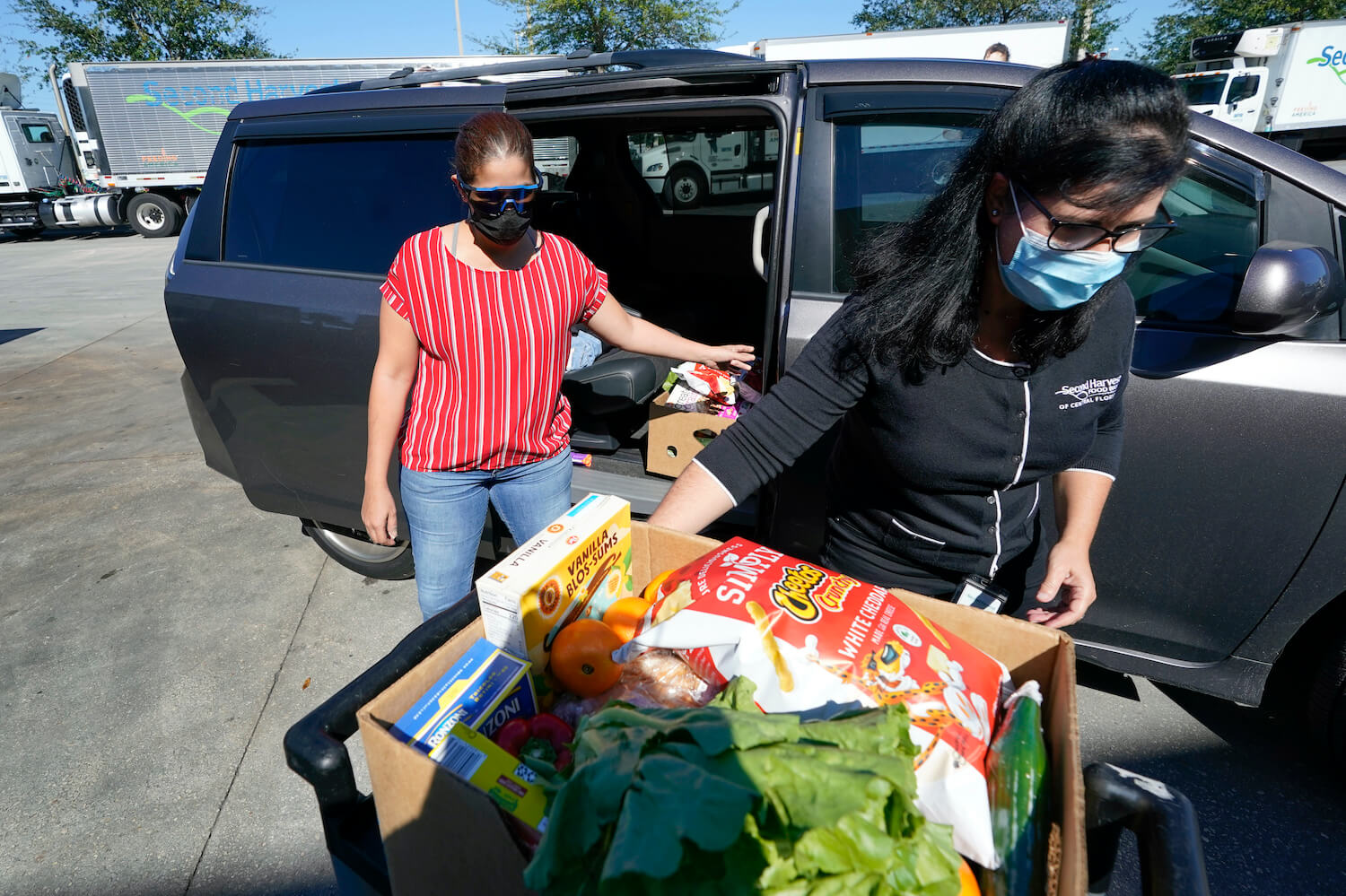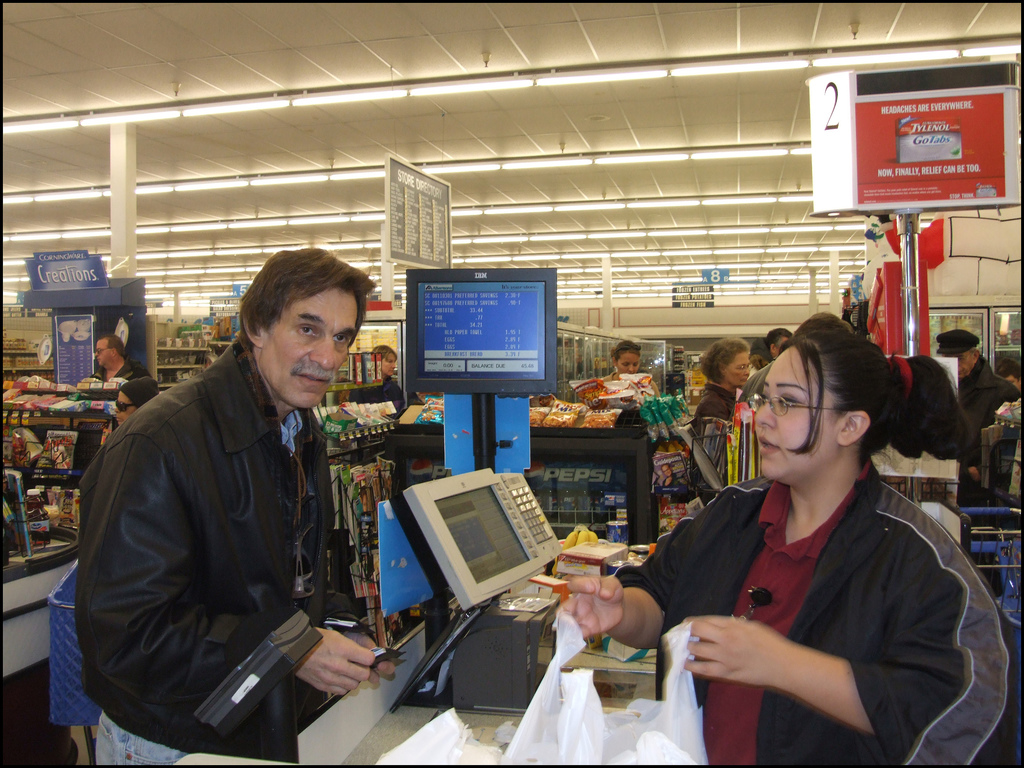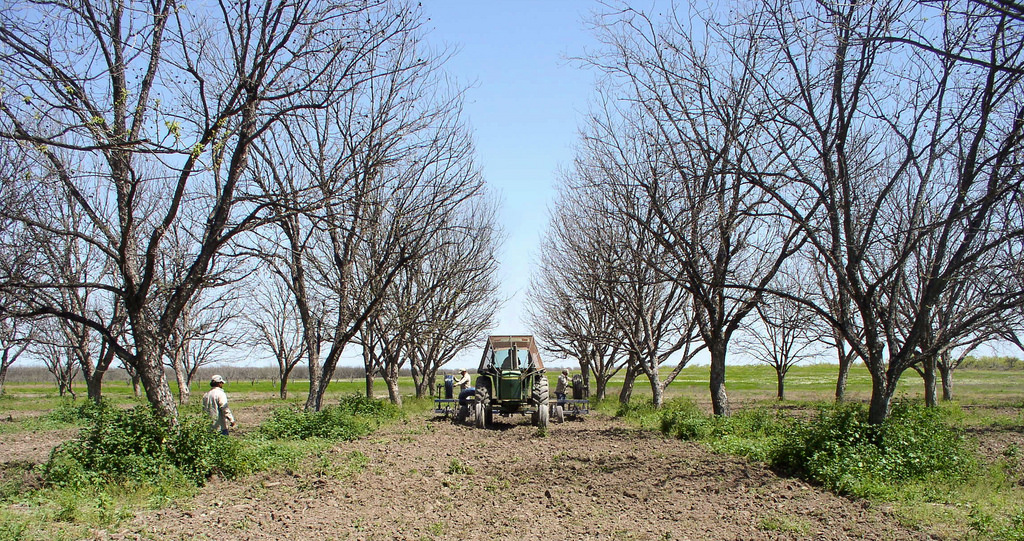Here’s why.
April, the poet T.S. Eliot famously wrote, is the cruelest month—but for many Americans, the cruelest month of 2020 was December, the deadliest and most infectious month so far in the Covid-19 pandemic. As the human toll mounted, employers also cut about 140,000 jobs, one indicator that the economic crisis linked to the pandemic is also far from over. Still, December ended with a bit of good news: The year-end implementation of the $900 billion coronavirus relief bill, signed into law on December 27, 2020, helped kickstart relief people have been waiting for since the spring.
That relief is urgently necessary. In March, Congress passed the Families First Coronavirus Response Act and Coronavirus Aid, Relief, and Economic Security (CARES) Act, legislation intended to mitigate the immediate economic challenges resulting from sudden outbreak of disease. It included loans, direct payments, and more than $25 billion for domestic food assistance programs and $19 billion in relief to farmers, ranchers, and food distributors. But as the months wore on, the challenges did not dissipate, and the need for further assistance grew. Specifically, levels of food insecurity (as explained in detail here) have soared.
According to the most recent U.S. Census Bureau data, nearly 1 in 5 U.S. adults with children have not had sufficient food to eat in the previous 7 days. An analysis of that data from the nonpartisan Center of Budget and Policy Priorities found that nearly 29 million adults—14 percent of all adults in the country—sometimes or often didn’t have enough food to eat in the past week, when surveyed in December. For comparison, that’s up from only 3.4 percent of U.S. adults who responded that way in all of 2019. And when existing data are broken down by race and ethnicity, they are even more devastating.
This latest relief bill accomplishes a lot of things, some acutely necessary and some less so. It expands unemployment benefits, increases funding for education and broadband infrastructure, and adds support for the farming and restaurant industries (as detailed by The Counter’s H. Claire Brown). It also stipulates that the United States should recognize a successor to the Dalai Lama, while decriminalizing unauthorized use of the U.S. Forest Service’s “Smokey Bear” and “Woodsy Owl” mascots. But one of its most urgent and immediate aims is to provide assistance for the millions who currently lack sufficient access to food, addressing what Michigan Senator Debbie Stabenow called “a hunger crisis that has touched every part of our nation.”
This challenge doesn’t exist in a vacuum. Not having the financial resources to buy food is impacted by factors including employment, socio-economic status, race, ethnicity, gender, age, marital status, and geographic location. Economic instability might be a short-term or intermittent challenge for some, due to, say, the loss of a job. But for others, the problem is enduring—not earning enough money to afford food even with a paying job, for example, or facing systemic barriers to getting a job, affordable housing, or the host of other obstacles that keep people poor.
[Subscribe to our 2x-weekly newsletter and never miss a story.]
Given the vastness and complexity of the problem, how helpful is the coronavirus relief bill when it comes to food insecurity? On the surface, the stimulus measures now being enacted—including the extension of expanded unemployment benefits, aid for small businesses, rental protections, funding for education and childcare, a ban on surprising medical bills, and more direct measures like increased funding to food assistance programs—appear to be robust. But a more detailed look at what’s included suggests that they only scratch the surface.
What does the stimulus provide? And who and what does it leave out?
Direct payments
At present, stimulus payments of up to $600 per adult and dependent child aged 16 or younger have been sent to U.S. citizens and permanent residents, including participants in the Deferred Action for Childhood Arrivals program (known as DREAMers).
The current round of funding also includes many households comprised of citizens and non-citizens. This is “significant,” immigration reporter Nicole Narea writes in Vox. “An estimated 16.7 million people live in mixed-status households nationwide, including 8.2 million U.S.-born or naturalized citizens.”
Still, while their inclusion is consequential, the $600 payments (as noted in our food insecurity explainer) are painfully inadequate for many Americans in need—regardless of immigration status.
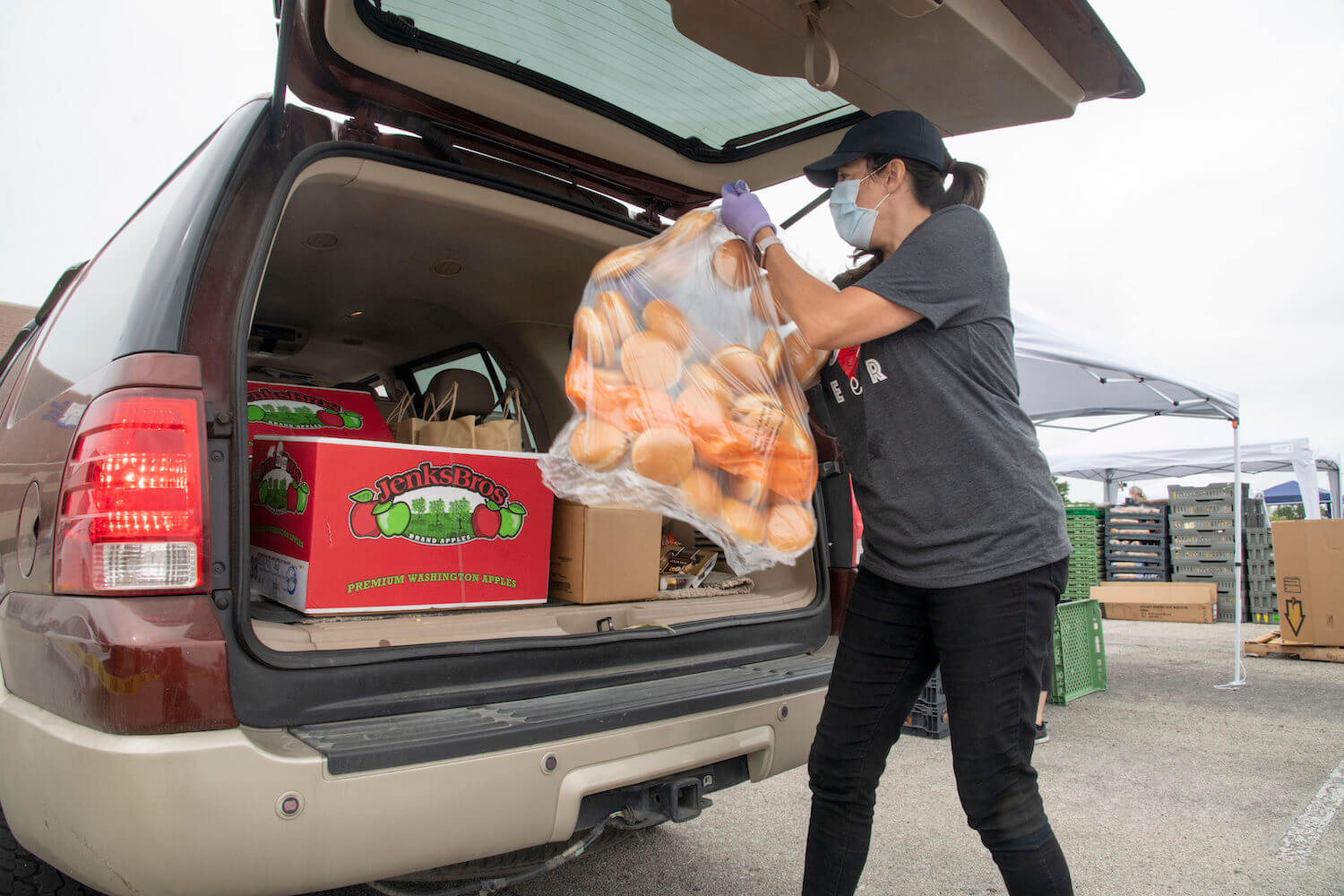
Feeding America, a nationwide network of food banks, estimates a threefold increase in demand between July 2020 and July 2021.
According to the U.S. Department of Agriculture (USDA), the average monthly grocery costs for a single adult female eating moderately priced meals is $264.90 per month, and $1100.30 per month for a family of four. The $600 payments, in other words, barely cover two months of groceries for the average American, most of whom will likely have other significant expenses, like housing and heating costs, to worry about. With the imminent shift of power in the Senate, additional support may be on the horizon. But considering that it took nine months for legislators to pass this second round of direct payments, Congress will need to act quickly—these payments can’t be expected to go very far.
That’s especially true for women, who earn, on average, 81 cents for every dollar earned by men, while bearing the brunt of increased caretaking responsibilities due to school closures. The 140,000 nonfarm jobs lost in December were all jobs formerly held by women, specifically Latinx and Black women (who, on average, earn only 75 cents for every dollar earned by men).
These statistics include a portion of undocumented immigrants, who, tragically, did not qualify for the stimulus payment. Unless they are part of mixed-status households, these workers—many of whom feed and care for the country—have been overlooked once again. This, despite recent findings that more than two-thirds of all undocumented immigrants work frontline jobs in essential industries (at higher rates than both lawful immigrants and U.S. citizens).
Other painful omissions include 13.5 million adults who are claimed as dependents, including disabled individuals, seniors, and college students. Even though eligible dependents under the age of 16 receive $600 checks, these older dependents receive no checks at all—and the adults who claim them aren’t provided extra funding for their care. Every one of these groups face unique and specific challenges, but the latter group—for which there is no direct federal food assistance—is among the most overlooked and deserves a closer look.
Food insecurity among college students is a chronic challenge—one that is getting progressively worse. A study of almost 40,000 students from 54 colleges and universities across 26 states conducted early in the pandemic showed rates of student food insecurity ranged from 42 to 56 percent at two-year institutions, and 33 to 42 percent at four-year institutions.
A more recent study of 1,000 undergraduates (conducted between October 28 and November 6, 2020) shows nearly one-third of students had missed a meal at least once a week since the beginning of the pandemic, and more than half of all students had used off-campus food banks—30 percent at rates of once a month or more.
“The fact of the matter is that we’re asking low-income and minority populations to bear more risk even now, and that shouldn’t be happening.”
It’s nearly impossible to concentrate or write a term paper when you’re worried about how you’re going to feed yourself. “Yet,” the researchers explain, “the scale of food insecurity is often going unnoticed. This may be due in part to how students feel about the problem: 64% said there was a stigma attached to food bank use, and 69% said the same about use of food stamps.”
Despite the damaging, unnecessary, and unwarranted stigma around this allocation of taxpayer resources, Supplemental Nutrition Assistance Program (SNAP) benefits—also known as “food stamps”— are a lifeline for anyone who is able to access them. And although college students may not have gotten a stimulus check (if claimed as a dependent by another), the stimulus package does expand SNAP access for some: specifically, U.S. citizens who are enrolled at least part-time and are eligible for federal or state work-study programs. International students (who may be far from home and have little, if any, local support) and undocumented students are not eligible.
SNAP benefits
Direct payments are but one way the $900 billion relief package addresses food insecurity. It also broadens access to federal food assistance programs, while increasing benefits for those who are enrolled.
Key among these is SNAP, the U.S. Department of Agriculture program that gives eligible, low-income participants electronic benefits that can be used like cash to purchase food. (Purchases allowed under SNAP include produce; meat, fish, and dairy items; bread and cereal; and snacks. SNAP cannot be used to buy prepared or hot foods, alcohol, vitamins or supplements, paper goods such as toilet paper, or personal hygiene products.) The program is funded by the federal government but administered by states and, in 2020, hit historic levels of participation.
The relief package included $26 billion for nutrition assistance and agriculture and rural programs—half of which went to nutrition assistance for food-insecure Americans, despite sustained attempts by the Trump administration to the contrary. Congress increased monthly benefits by 15 percent for all participants from January to June 2021, which breaks down to an additional $194 for a single person and $509 for a household of three; per USDA, that’s a bump in monthly benefits by about $29 per person.
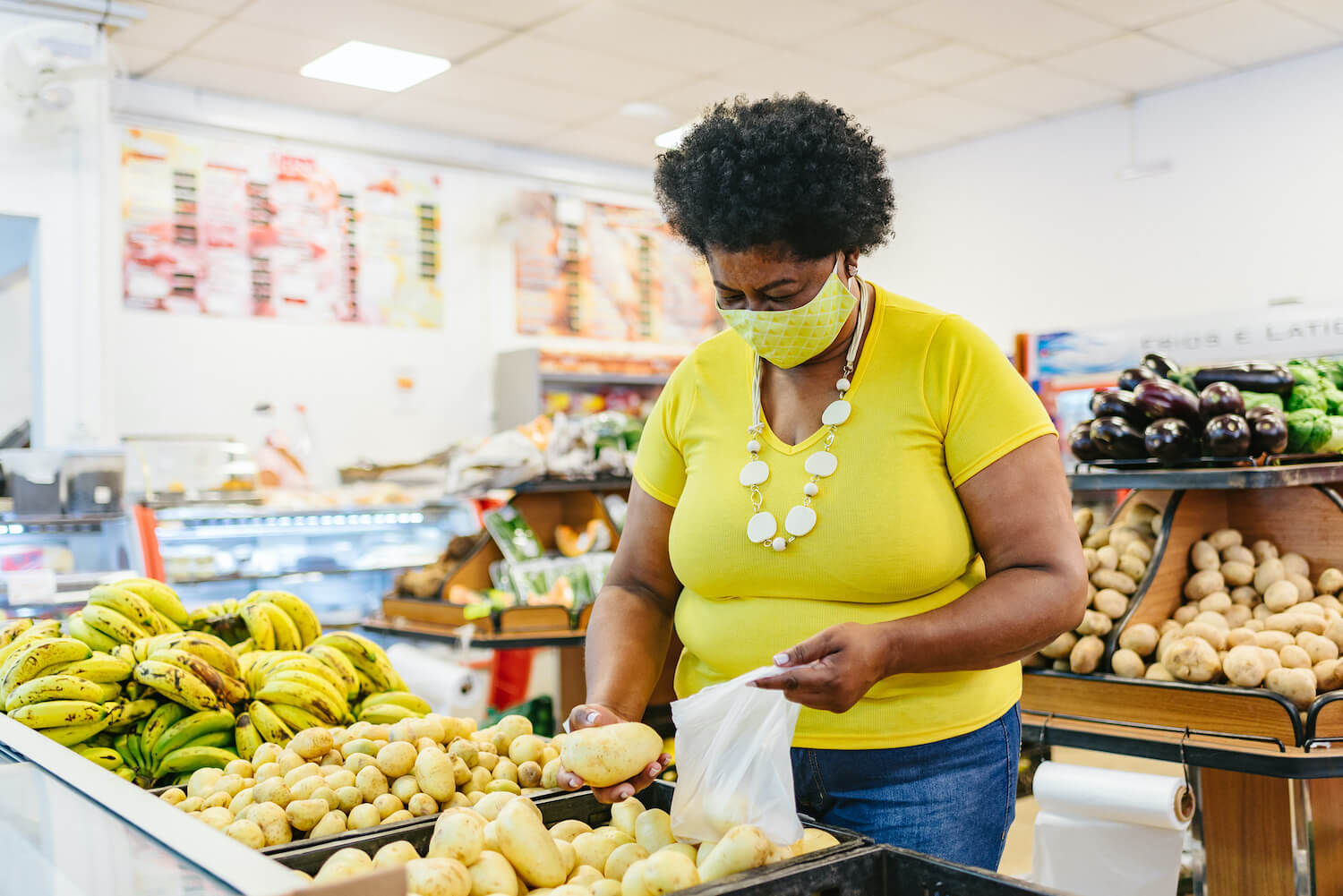
Purchases allowed under SNAP include produce; meat, fish, and dairy items; bread and cereal; and snacks.
iStock/Igor Alecsander
This increase—less than a dollar a day for six months—is nominal, though even a small increase may prove to be helpful. But it also overlooks a real challenge many Americans still face: a lack of safe and adequate methods of buying food. That’s because SNAP often isn’t accepted by the electronic platforms that millions of people use to sidestep the dangers of the pandemic, from restaurant delivery apps to curbside grocery pickup.
A few major e-retailers already accept SNAP dollars in some states thanks to a USDA pilot program, or have worked to start doing so in response to Covid-related disruptions. The stimulus bill also decrees “end-to-end testing in the online production environment; and technical assistance to educate retailers on the process and technical requirements for the online acceptance of SNAP benefits and to support and expedite SNAP online purchasing” no later than 60 days after the bill was signed. But in light of a global pandemic that has sickened 22.5 million and claimed the lives of over 375,000 Americans—and recommendations from the Centers for Disease Control to “limit visiting the grocery store” and “order groceries and other items online for home delivery or curbside pickup (if possible)”—this provision is, sadly, inadequate. Sixty days is simply not fast enough.
At the same time, while the USDA pilot program continues to expand online SNAP purchases, home delivery is still not available in all neighborhoods; SNAP funds also cannot be used for delivery fees or associated charges. The new stimulus bill’s $5 million allocation to create and increase online and mobile payment options for farmers markets and small farmers is additionally laudable, but the two-month window for implementation means some of the most vulnerable members of the population are forced to risk their health in order to feed themselves, as a new assessment from Stanford and Northwestern Universities shows.
Stores in lower-income blocks had 59 percent more hourly visitors per square foot, and customers stayed, on average, 17 percent longer.
Researchers mapped the hourly movements of 98 million people in the country’s 10 largest metros and found that visits to grocery stores in lower-income areas were predicted to be twice as dangerous as visits to wealthy ones in 8 of the 10 metros studied. The reason? Stores in lower-income blocks had 59 percent more hourly visitors per square foot, and customers stayed, on average, 17 percent longer.
There was a 15 percent increase in participation in the SNAP program (from about 37 million to 43 million) from February to May 2020 alone. It is easy to imagine how the study results could impact a newly food-insecure participant needing extra time in a store in order to determine what purchases are qualifying.
The burden of this increased risk often falls on the shoulders of Black and Latinx people, and the stimulus bill does little to address it. That’s doubly painful, because those populations are not only at higher risk of exposure to Covid-19—they’re also more likely to experience serious complications, or death, as a result of the virus (in part due to underlying health challenges that are often the result of structural inequality). At the same time, these populations are also hardest hit economically and suffer from some of the highest rates of food insecurity.
“It’s indeed the case that money has always been able to buy protection from risk,” Dr. David Grusky, one of the authors of the study and the Director of Stanford University’s Center on Poverty and Inequality, shared via email. “However, it’s especially noxious that it’s happening in this context, given that we’re all supposed to be in this together. The fact of the matter is that we’re asking low-income and minority populations to bear more risk even now, and that shouldn’t be happening.”
WIC support
This assessment—along with data showing significant asymptomatic Covid spread in grocery stores—underscores why increasing online options should be of utmost importance not only for SNAP recipients, but also for those enrolled in the Special Supplemental Nutrition Program for Women, Infants, and Children, better known as the WIC Program.
WIC is a federally funded nutrition assistance program to support low-income pregnant and postpartum women, infants, and children up to the age of 5, regardless of immigration or citizenship status. Electronic benefits vary slightly by state, but include breastfeeding support and funding for the purchase of foods intended to nourish pregnant people, infants and young children, and those who are breastfeeding.
Nutritional support in utero up to the age of 5 is incredibly important to developmental and behavioral health, the basis of well-being that carries well into adulthood. That’s why it is surprising that the only directive in the stimulus package to help get WIC online is the establishment of a task force. The group will provide guidance about online orders and delivery, curbside pickup, and self-checkout of WIC-eligible foods by the end of September 2021. (The only other advancement is an online ordering pilot program for Omaha, Nebraska, that was announced on November 2, 2020.)
Child nutrition programs
In 2019, 4.8 billion school lunches and 2.4 billion school breakfasts were served to children through federally funded child nutrition programs. This support is necessary for the many food-insecure children who rely on these programs. However, over the course of the pandemic, many schools have closed their physical campuses. That change—coupled with increasing rates of economic instability—has contributed to what Lauren Bauer, a fellow at the Brookings Institution, describes as an “unprecedented” rate of food insecurity in children in our recent history.
In response, last March, Congress created a temporary program called Pandemic-EBT (P-EBT) that provides funds to families whose children in grades K-12 would have otherwise received free or reduced-price school meals equivalent to the value of meals received over the course of school days. This is in addition to SNAP benefits, and eligibility is determined by income or status as “a homeless, migrant, runaway, or foster child.”
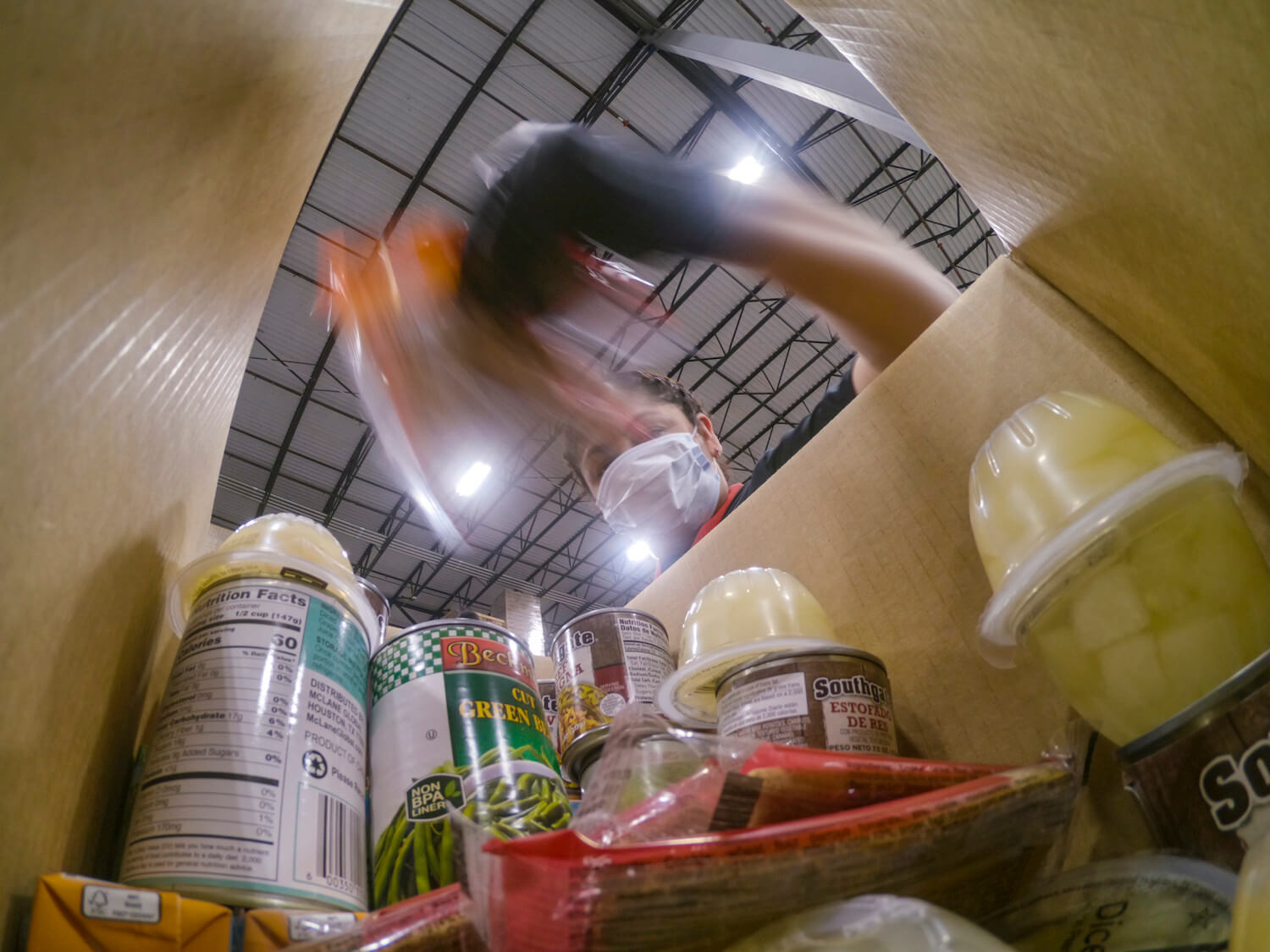
Over the course of the pandemic, many schools have closed their physical campuses. That change—coupled with increasing rates of economic instability—has contributed to an unprecedented rate of food insecurity in children.
For children in the contiguous United States, P-EBT provides daily benefits of up to $5.70. Foods can be purchased in any SNAP-certified store under the same SNAP purchase parameters (so, again, there are challenges around delivery and online access).
The new stimulus bill expands access by allowing all children under age 6 to be deemed as “enrolled” in childcare, making them eligible for P-EBT benefits. It also clarifies reimbursements for institutions as they shift between in-person, hybrid-learning, and distance classes.
Additional significant food assistance measures
The relief package features other forms of support, including aid to populations with specific vulnerabilities, though, again, they do not sufficiently tackle these historic rates of food insecurity.
Food banks: The federal Emergency Food Assistance Program, one of the largest suppliers to food banks, will receive $400 million to support community food banks and pantries. Considering the 8 billion meal shortfall in charitable food, per forecasting by Feeding America, this support is helpful but inadequate. The nationwide network of food banks estimates a threefold increase in demand between July 2020 and July 2021.
Seniors: Increased food assistance of $175 million to programs serving the elderly, such as Meals on Wheels, has been allocated to seniors through the Older Americans Act. Delivery options have also expanded, as eligibility now includes seniors who are physical distancing due to Covid-19 in addition to those who are homebound due to illness. Also included in the relief bill is an extra $13 million allocated to the Commodity Supplemental Food Program that serves lower-income people over the age of 60. The program is administered by USDA, and distributes both food and administrative funds to participating states and what are identified as Indian Tribal Organizations.
Tribal communities: According to Partnership with Native Americans, “Households of Native American families are 400 percent more likely than other U.S. households to report not having enough to eat, largely as a result of living in remote, isolated locations where food supplies and jobs are scarce.” Yet, per reporting from HuffPost senior politics reporter Jennifer Bendery, the White House did not want to extend any federal pandemic relief to Native communities in March and, when pushed, delayed dispersal of funds until ordered to do so by a federal judge.
That puts the paltry direct support found in this stimulus package—$7 million for nutrition programs for tribal seniors who are directly but not uniquely impacted members of nearly 600 tribes—in perspective. The stimulus bill also requires USDA to update Congress on the increased inclusion of culturally-appropriate traditional foods in the Food Distribution Program on Indian Reservations, the food package alternative for native communities that cannot easily access SNAP-qualified grocery stores.
Can we expect additional support to combat food insecurity?
The end of 2020 has been an eventful, unprecedented, and often harrowing period in American life, with much that’s in flux. With a new presidential administration taking power less than a week from now, what can we expect to change when it comes to emergency food assistance?
A 2012 survey from researchers at the Harvard School of Public Health showed Americans who identify as Democrat supported sustaining or increasing food assistance in significantly higher numbers than Republicans. At the federal level, Democratic administrations have historically advanced more supportive policies for those who are food insecure. If history is any indication, help is on the way.
However, food policy expert Mathew Swinburne of The Network for Public Health Law urges sustained focus and support.
“These pandemic adaptations to nutrition programs are being linked to the termination of a public health emergency,” he said, suggesting that the existing policy changes have been made under the assumption that the Covid-19 vaccine will soon result in a return to normal. “But increased SNAP benefits, for example, sunset at the end of June. That’s way too soon. Even though the Covid pandemic has fueled the economic crisis which has resulted in increased food insecurity, the economic crisis is going to go on for much longer than the pandemic itself.”
